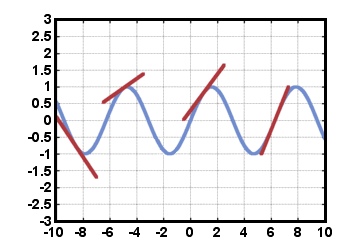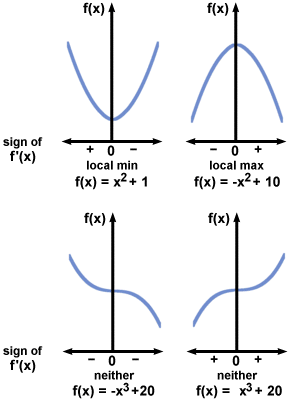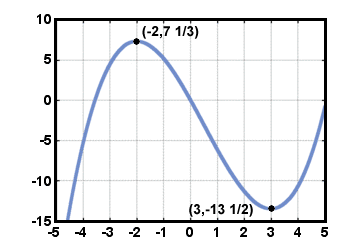Please wait while we process your payment
If you don't see it, please check your spam folder. Sometimes it can end up there.
If you don't see it, please check your spam folder. Sometimes it can end up there.
Please wait while we process your payment

By signing up you agree to our terms and privacy policy.
Don’t have an account? Subscribe now
Create Your Account
Sign up for your FREE 7-day trial
By signing up you agree to our terms and privacy policy.
Already have an account? Log in
Your Email
Choose Your Plan
Individual
Group Discount
Save over 50% with a SparkNotes PLUS Annual Plan!
 payment page
payment page
Purchasing SparkNotes PLUS for a group?
Get Annual Plans at a discount when you buy 2 or more!
Price
$24.99 $18.74 /subscription + tax
Subtotal $37.48 + tax
Save 25% on 2-49 accounts
Save 30% on 50-99 accounts
Want 100 or more? Contact us for a customized plan.
 payment page
payment page
Your Plan
Payment Details
Payment Summary
SparkNotes Plus
You'll be billed after your free trial ends.
7-Day Free Trial
Not Applicable
Renews May 3, 2025 April 26, 2025
Discounts (applied to next billing)
DUE NOW
US $0.00
SNPLUSROCKS20 | 20% Discount
This is not a valid promo code.
Discount Code (one code per order)
SparkNotes PLUS Annual Plan - Group Discount
Qty: 00
SparkNotes Plus subscription is $4.99/month or $24.99/year as selected above. The free trial period is the first 7 days of your subscription. TO CANCEL YOUR SUBSCRIPTION AND AVOID BEING CHARGED, YOU MUST CANCEL BEFORE THE END OF THE FREE TRIAL PERIOD. You may cancel your subscription on your Subscription and Billing page or contact Customer Support at custserv@bn.com. Your subscription will continue automatically once the free trial period is over. Free trial is available to new customers only.
Choose Your Plan
This site is protected by reCAPTCHA and the Google Privacy Policy and Terms of Service apply.
For the next 7 days, you'll have access to awesome PLUS stuff like AP English test prep, No Fear Shakespeare translations and audio, a note-taking tool, personalized dashboard, & much more!
You’ve successfully purchased a group discount. Your group members can use the joining link below to redeem their group membership. You'll also receive an email with the link.
Members will be prompted to log in or create an account to redeem their group membership.
Thanks for creating a SparkNotes account! Continue to start your free trial.
We're sorry, we could not create your account. SparkNotes PLUS is not available in your country. See what countries we’re in.
There was an error creating your account. Please check your payment details and try again.
Please wait while we process your payment

Your PLUS subscription has expired
Please wait while we process your payment
Please wait while we process your payment

Using the First Derivative to Analyze Functions
First, let's establish some definitions: f is said to be increasing on an interval I if for all x in I, f (x1) < f (x2) whenever x1 < x2. f is said to be decreasing on an interval I if for all x in I, f (x1) > f (x2) whenever x1 < x2. A function is monotonic on an interval I if it is only increasing or only decreasing on I.
The derivative can help us determine whether a function is increasing or decreasing on an interval. This knowledge will later allow us to sketch rough graphs of functions.
Let f be continuous on [a, b] and differentiable on (a, b). If f'(x) > 0 for all x on (a, b), then f is increasing on [a, b]. If f'(x) < 0 for all x on (a, b), then f is decreasing on [a, b].
This should make intuitive sense. In the graph below, wherever the slope of the tangent is positive, the function seems to be increasing. Likewise, wherever the slope of the tangent is negative, the function seems to be decreasing:

Example: Find regions where f (x) =  x3 -
x3 -  x2 - 6x is increasing and
decreasing.
x2 - 6x is increasing and
decreasing.
Solution:
| f'(x) | = | x2 - x - 6 | |
| f'(x) | = | (x - 3)(x + 2) |
Now we find regions where f'(x) is positive, negative, or zero. f'(x) = 0 at x = 3 and x = - 2. This can be marked on the number line:

From looking at the factors, it is clear that the derivative is positive on (- ∞, - 2), and (3,∞). The derivative is negative on (- 2, 3).

This means that f is increasing on (- ∞, - 2), and (3,∞), and that it is decreasing on (- 2, 3).
This can be indicated by arrows in the following way:

The points x = - 2 and x = 3 have horizontal tangents, which makes them critical points, but are they local extrema? It might be assumed that because f is increasing to the left of x = - 2 and decreasing to the right of x = - 2 that x = - 2 represents a local maximum. Similarly, it might be assumed that because f is decreasing to the left of x = 3 and increasing to the right of x = 3 that x = 3 represents a local minimum. This is in fact correct. This idea can be generalized in the following way:
Let c be a critical number (i.e., f'(c) = 0 or f'(c) is undefined) of a continuous function f that is differentiable near x = c except possibly at x = c. Then if f'(x) is negative to the left of c and positive to the right of c, f has a local minimum at c. If f'(x) is positive to the left of c and negative to the right of c, then f has a local maximum at c. If f'(x) does not change sign at c, then (c, f (c)) is neither a local maximum nor a local minimum.
This should be clear from the figures below:

Example
Sketch a rough graph of f (x) =  x3 -
x3 -  x2 - 6x
x2 - 6x
Based on previously collected data, f is increasing on (- ∞, - 2), and (3,∞)f is decreasing on (- 2, 3)f has a local max at x = - 2 and a local min at x = 3
To sketch the graph, we might want to find the exact coordinates of the critical points: f (- 2) = 7 and
f (3) = - 13
and
f (3) = - 13 . Using this information, a rough sketch of f might look like:
. Using this information, a rough sketch of f might look like:

 x3 -
x3 -  x2 - 6x based on first-
derivative information
x2 - 6x based on first-
derivative information
Please wait while we process your payment

